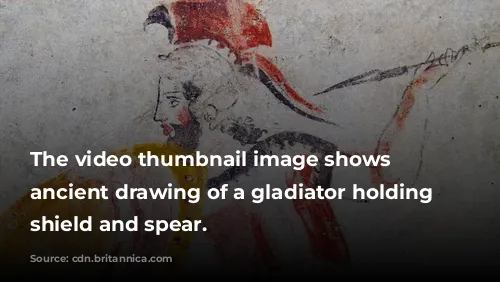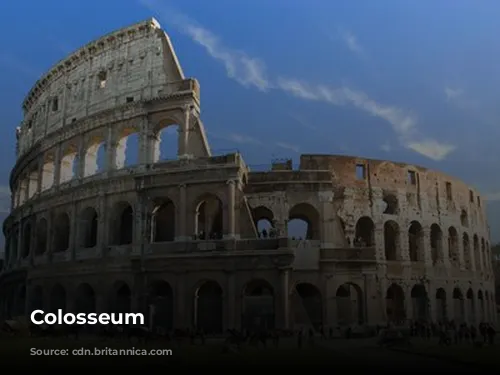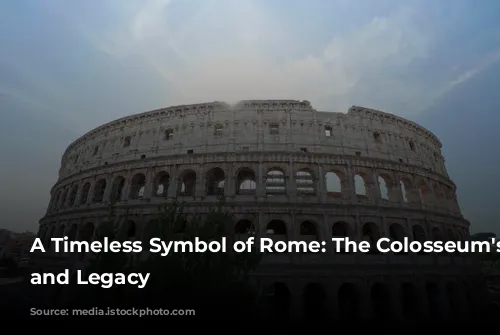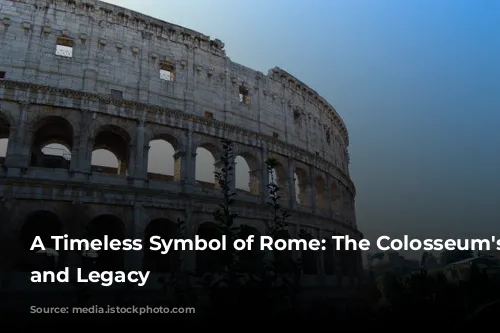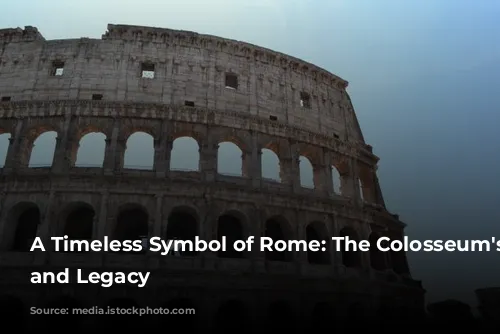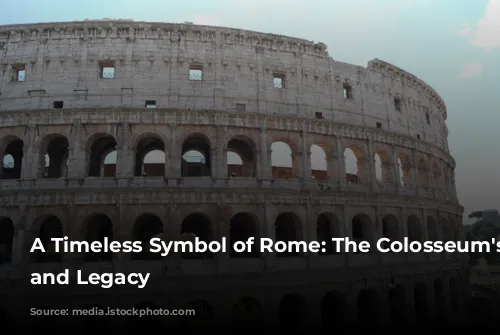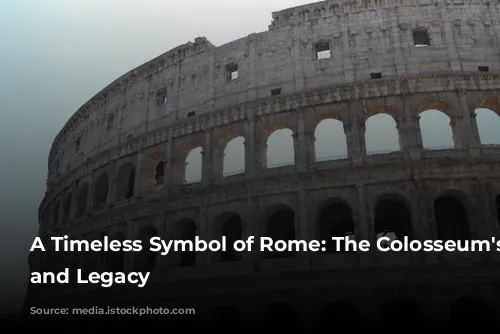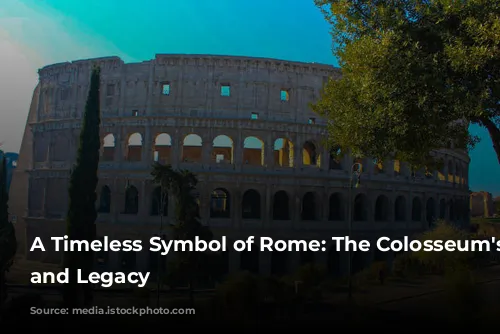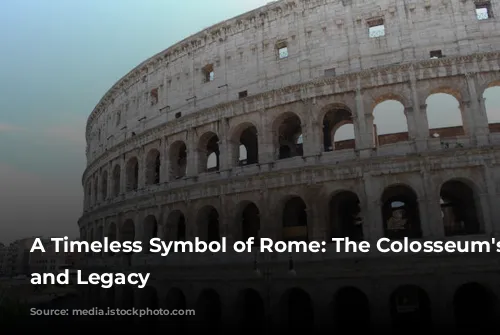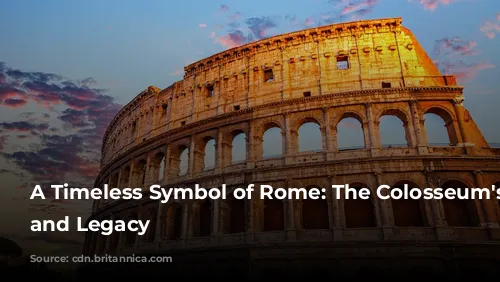The Colosseum stands as a majestic testament to the Romans’ architectural genius and engineering prowess. It’s not just a breathtaking structure; it’s also a major economic driver for Italy, attracting millions of tourists each year. In 2018 alone, the Colosseum, Roman Forum, and Palatine Hill combined to generate over $63.3 million (€53.8 million), making it the most visited tourist attraction in Italy.
From Ancient Glory to Neglect and Restoration
The Colosseum’s journey has been one of remarkable ups and downs. After the fall of the Western Roman Empire, it fell into a state of disrepair. During the 12th century, the Frangipane and Annibaldi families repurposed it into a fortress, using its strong walls for their own protection. The 15th century saw the Colosseum further degraded when Pope Alexander VI authorized its use as a quarry. For over a thousand years, the magnificent structure lay neglected. Thankfully, the 1990s saw a resurgence of interest with state-funded restoration efforts, aiming to bring the Colosseum back to its former glory.
A Monument to Entertainment and Imperial Power
The Colosseum’s origins lie in a period of imperial ambition. Built during the reign of the Flavian emperors, it was meant to revitalize Rome after the chaotic “Year of the Four Emperors” in 69 CE. Like other amphitheatres of the time, the Colosseum was designed for entertainment. Emperor Vespasian envisioned it as a grand stage for spectacles that would captivate the Roman public, including gladiatorial combat, animal hunts, and even mock naval battles.
Construction began under Vespasian between 70 and 72 CE, with his son Titus dedicating the finished structure in 80 CE. The fourth story was added by Emperor Domitian in 82 CE. Interestingly, the Colosseum’s construction was funded by the spoils of war, specifically the plunder from Titus’s conquest of Jerusalem in 70 CE. Jewish slaves from Judea were forced to labor on this monumental project.
A Triumph of Architecture and Engineering
The Colosseum is an elliptical structure made of stone, concrete, and tuff, reaching four stories high at its tallest point. It measures a staggering 620 by 513 feet (189 by 156 meters), and could hold up to 50,000 spectators. The arena, designed for gladiatorial combat, was shielded from the sun by a massive retractable awning called a velarium. This impressive feat of engineering required hundreds of Roman sailors to manage the complex rigging system.
The Colosseum’s construction was innovative for its time. Unlike earlier amphitheatres, which were often built into hillsides for support, the Colosseum was a freestanding structure. The architects used a sophisticated system of barrel and groin vaults to create a monumental and awe-inspiring design. The structure’s facade is composed of travertine, the secondary walls are made of volcanic tufa, and the inner bowl and arcade vaults are concrete.
A Legacy that Endures through the Ages
The Colosseum’s history goes far beyond its original purpose. In medieval times, it was repurposed as a church and then as a fortress. Unfortunately, it suffered from damage caused by lightning strikes, earthquakes, vandalism, and pollution. The marble seats and decorative materials were stripped away, turning the Colosseum into little more than a quarry for centuries.
Fortunately, the 19th century saw the beginning of its preservation, with notable efforts led by Pope Pius VIII. The 1990s saw a major restoration project, bringing the Colosseum back to life. Today, it remains one of Rome’s most iconic landmarks, attracting nearly seven million visitors annually. Regularly changing exhibitions offer a glimpse into the culture of ancient Rome, ensuring that the Colosseum’s legacy continues to inspire and captivate generations to come.
